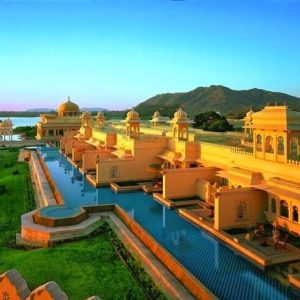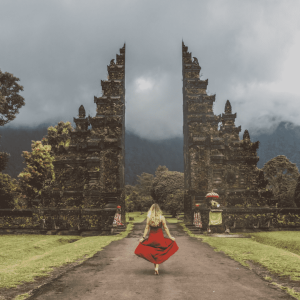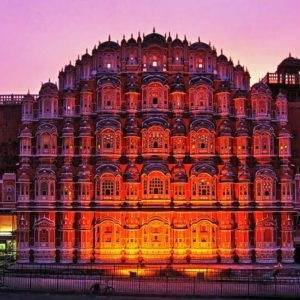Planning a memorable Leisure tours starts with choosing an exciting destination that matches your dreamy expectations of an ideal getaway from india. But settling on a place that both of you will absolutely adore is not easy. So if you are still trying to figure where you you want to go, you must go through our Leisure Tour Packages. Vagabond Holidays has put together a handy list of the best Leisure destinations from around the world, where your partner and you can finally leave everything else behind and celebrate the everlasting bond. These are some of the most beautiful Leisure destinations and recommended Leisure Packages from India.Read More
Unforgettable Trips
Tailored to You
Unforgettable Trips
Tailored to You
Whatever you're interested in, we will create your bespoke, perfect trip. Get inspired with our example trips and then get in touch to plan your own adventure.
International Tours
Domestic Tours
Kanatal with Rishikesh was a perfect weekend trip near Delhi ncr. Kanatal is Perfect for off-beat travelling and peaceful vacations for your Weekend Off. Easily accessible and well-connected with Metro Cities. Kanatal is a small village in the state of Uttarakhand. Kanatal is 78 km from Dehradun (capital of the State Uttarakhand), Rishikesh to Kanatal one way distance 79 kms, 44 km from Mussoorie and 12 km from Chamba. It is on the Chamba – Mussoorie road and nearly 300 km from Delhi. Kanatal has an average elevation of about 8500 feet (2590 meters). The highest point is Surkanda Devi Temple, at a height of about 9,995 feet. Water is scarce in the region. Kanatal Heights is situated at the height of 8400 feet’s near to Dhanaulti.Read More
Rishikesh is commonly referred to as the 'yoga capital of the world' and rightly so. The destination is abuzz with visitors, who come here to learn yoga and meditation. River rafting, cliff jumping, bungee jumping, rock climbing, and paragliding are some of the best adventure activities to engage in Rishikesh.




